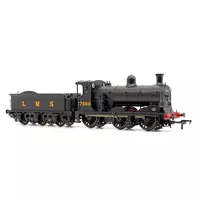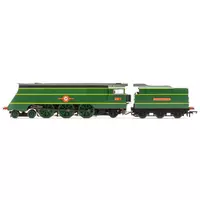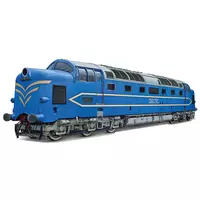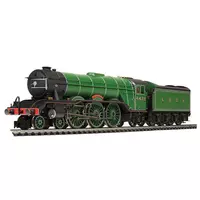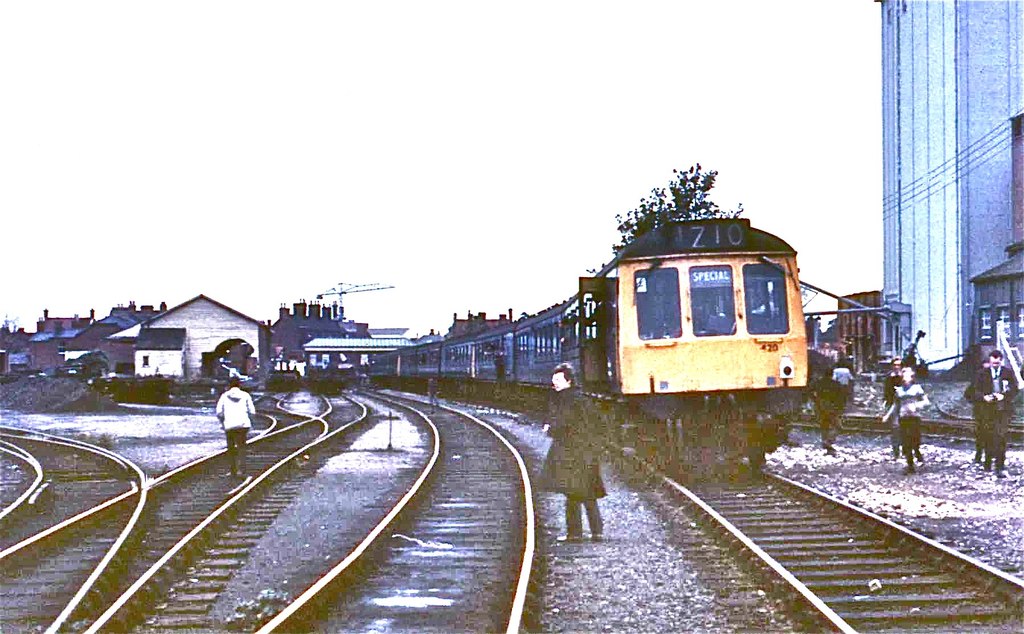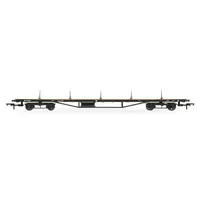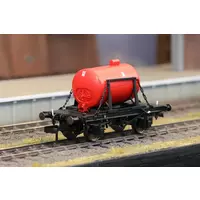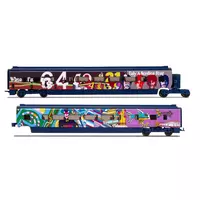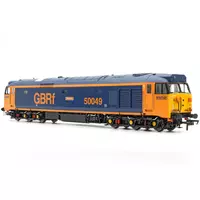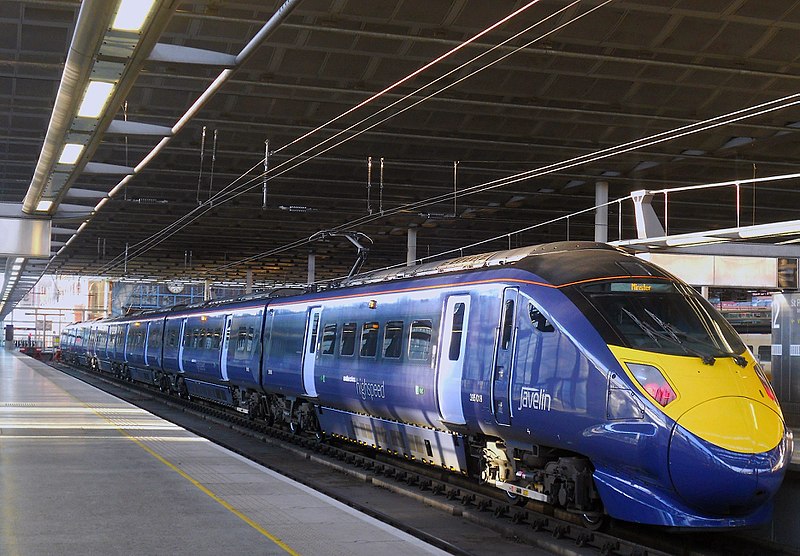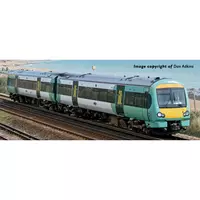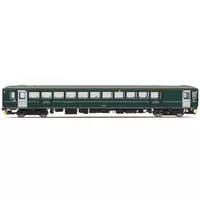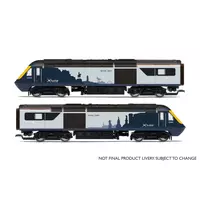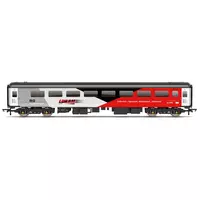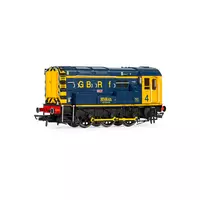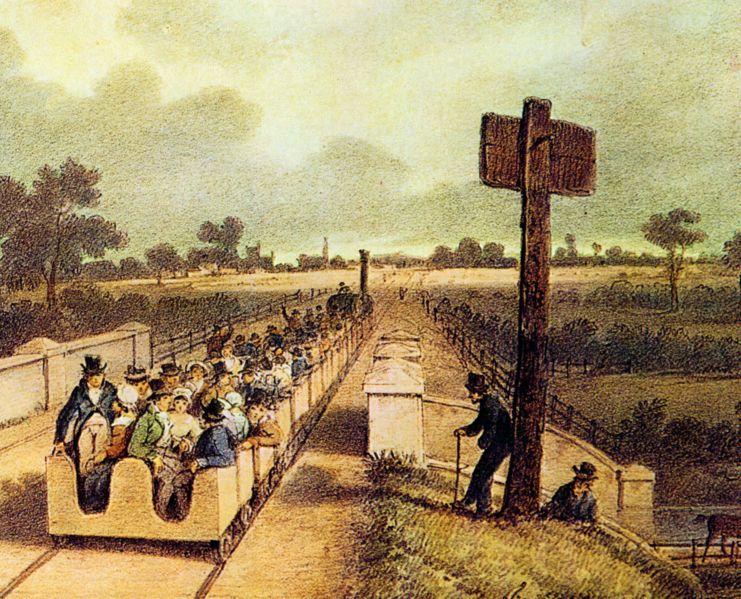
The inaugural journey of the Liverpool and Manchester Railway, by A.B. Clayton. Public Domain, via Wikimedia Commons.
This era starts right at the very beginning of rail transport in Britain, and takes us through to the mid-Victorian era when railway companies mostly turned from growth by building new lines to growth by acquisition and consolidation. Although new track would continue to be laid for several decades to come, the number of different railway companies had reached its peak by the 1870s.
There are very few ready-to-run model railway products from Era 1, the most prominent being the versions of Stephenson's Rocket marketed first by Triang and, more recently, Hornby as part of their own centenary celebrations. This makes building a layout based on the era difficult, unless you are prepared to do a lot of kit building or even scratchbuilding. However, replicas of many early locomotives have been constructed for museums and demonstration lines, so you could always do a museum scene or a layout based on a preserved line!
Popular products from Era 1
-
Hornby R40438
£38.99
L&MR, 2nd Class Coach - Era 1
-
Hornby R30345
£184.99
S&DR, 0-4-0, Locomotion No. 1 - Club Exclusive
-
Hornby R3810
£179.99
L&MR, Stephenson's Rocket Train Pack - Era 1
-
Hornby R30090
£241.99
L&MR, Stephenson's Rocket Train Pack - Era 1
-
Hornby R30445
£399.99
Birth of the Railways - Train Pack (Railway 200)
-
Hornby R40437
£39.99
L&BR, No. 2 'Queen Adelaide's Saloon' - Era 1
-
Hornby R30233
£229.99
L&MR No. 58, 'Tiger' Train Pack
-
Hornby R30388
£184.99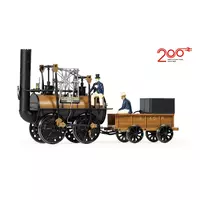
S&DR - 1925 - Locomotion No.1 (Railway 200)
-
Accurascale ACC2805-F
£44.99
Pack of 3 - Lambton Collieries (Earl of Durham’s Collieries) - Three ex-NER P1 style Chaldron wagons in pre-1896 livery
-
Hornby R30232
£239.99
L&MR, Centenary 1930 'Lion' Train Pack – Era 1
-
Hornby R3809
£189.99
Stephenson's Rocket Train Pack, Centenary Year Limited Edition - 1963
-
Hornby R30348
£154.99
L&MR, No. 58 'Tiger' - Era 1
.jpg)























